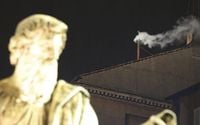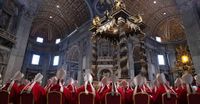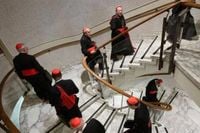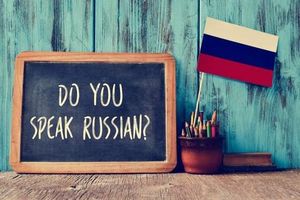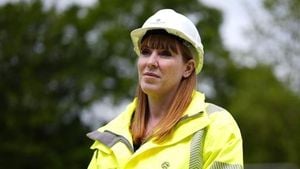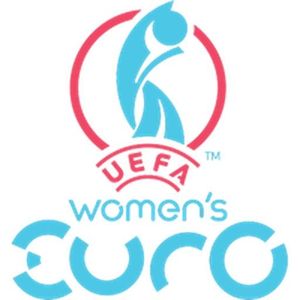The Vatican is gearing up for a significant moment in the Catholic Church's history as the conclave to elect the successor to Pope Francis begins on Wednesday, May 7, 2025. Following the passing of Pope Francis on April 21, 2025, at the age of 88, 133 cardinal electors will gather in the Sistine Chapel to participate in this sacred and secretive process.
According to Vatican spokesman Matteo Bruni, the first smoke signaling the outcome of the initial voting round is expected to appear after 19h local time (14h Brasília time) on the first day. This smoke is a pivotal indicator of whether a new pope has been chosen, as the burning of ballots produces either white smoke (indicating a successful election) or black smoke (indicating no consensus).
On the first day, the cardinals will be confined to the Sistine Chapel starting around 16h30 (11h30 in Brazil). Before casting their votes, they will participate in a meditation led by Cardinal Raniero Cantalamessa and take a solemn oath to uphold the rules of the conclave. This oath includes a commitment to maintain absolute secrecy regarding the election process.
The schedule for the conclave has been meticulously planned. The initial mass, known as the ‘Pro Eligendo Romano Pontifice’, will take place at 10h local time (5h Brasília time) on May 7, presided over by Cardinal Giovanni Battista Re, the head of the College of Cardinals. Following this, the ‘extra omnes’ will be proclaimed around noon, signaling that all non-participants must leave the Sistine Chapel, marking the official start of the conclave.
During the conclave, the cardinals will engage in a series of votes. The expectation is that the voting will last between two to three days, with the last ten conclaves averaging around three days and none exceeding five. The most recent elections that selected Pope Benedict XVI in 2005 and Pope Francis in 2013 concluded in just two days.
If a new pope is not elected after the first three days, there will be a 24-hour pause for prayer before voting resumes. Should there still be no consensus after seven additional votes, another pause may be called for reflection. If the process extends to 34 votes without a successful election, only the two candidates with the highest votes will continue in a runoff, still requiring a two-thirds majority to win.
As preparations unfold, the cardinals have also discussed crucial issues facing the Church, including the continuation of reforms initiated by Pope Francis. Topics such as combating abuses, financial transparency, and decentralization of the Roman Curia have been at the forefront of discussions. Furthermore, the cardinals reflected on the Church’s role in addressing climate change and promoting peace globally.
In a symbolic gesture, the meeting of the cardinals formalized the cancellation of the Fisherman's Ring and the Lead Seal, signifying the end of one pontificate and the anticipation of a new leader. The cardinals also made an appeal for a permanent ceasefire in nations experiencing conflict, emphasizing the Church's commitment to human dignity and peace.
Throughout the conclave, the cardinals will remain isolated from the outside world, with measures in place to prevent any external communication. Cell phone blockers will be installed to ensure the integrity of the election process.
The anticipated smoke signals from the Sistine Chapel will occur at specific times: 5h30, 7h, 12h30, and 14h Brasília time. If the first voting round does not yield a new pope, the black smoke will emerge from the chimney, indicating that the cardinals have not yet reached a consensus. In contrast, white smoke will announce the election of the new pope, traditionally followed by the proclamation of “Habemus Papam” by Cardinal Dominique Mamberti.
As the conclave approaches, the world watches closely. The outcome will not only determine the next leader of the Catholic Church but also shape the future direction of the Church in addressing contemporary issues. With the stakes high, the cardinals are tasked with a profound responsibility, one that carries the weight of centuries of tradition and the hopes of millions of faithful around the globe.
In summary, the conclave set to begin on May 7 will be a critical event for the Catholic Church, as it seeks to elect a new pope amidst pressing global concerns and the legacy of Pope Francis. The eyes of the world will be on the Sistine Chapel, awaiting the first signs of smoke that will signal the Church's next chapter.
